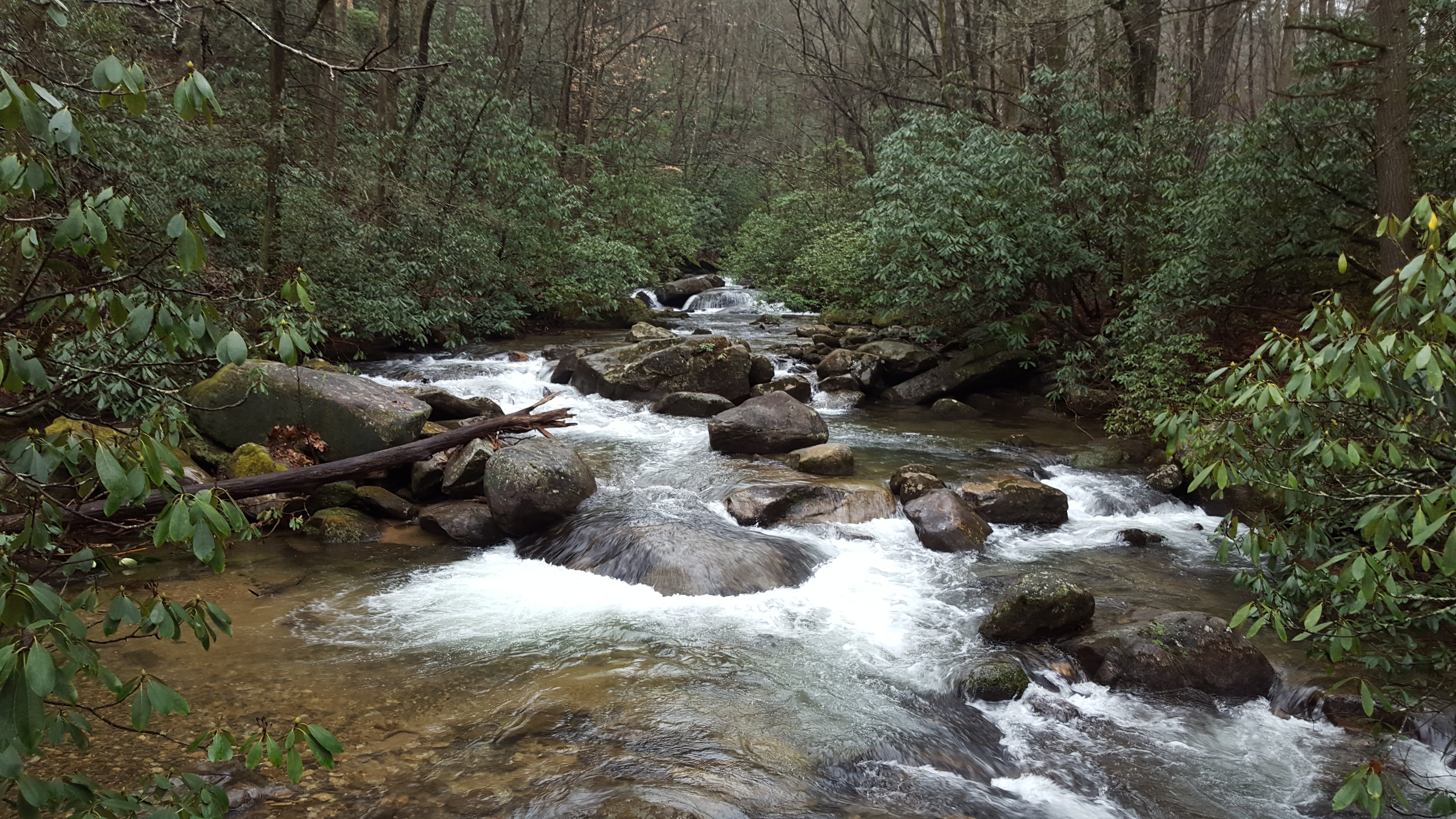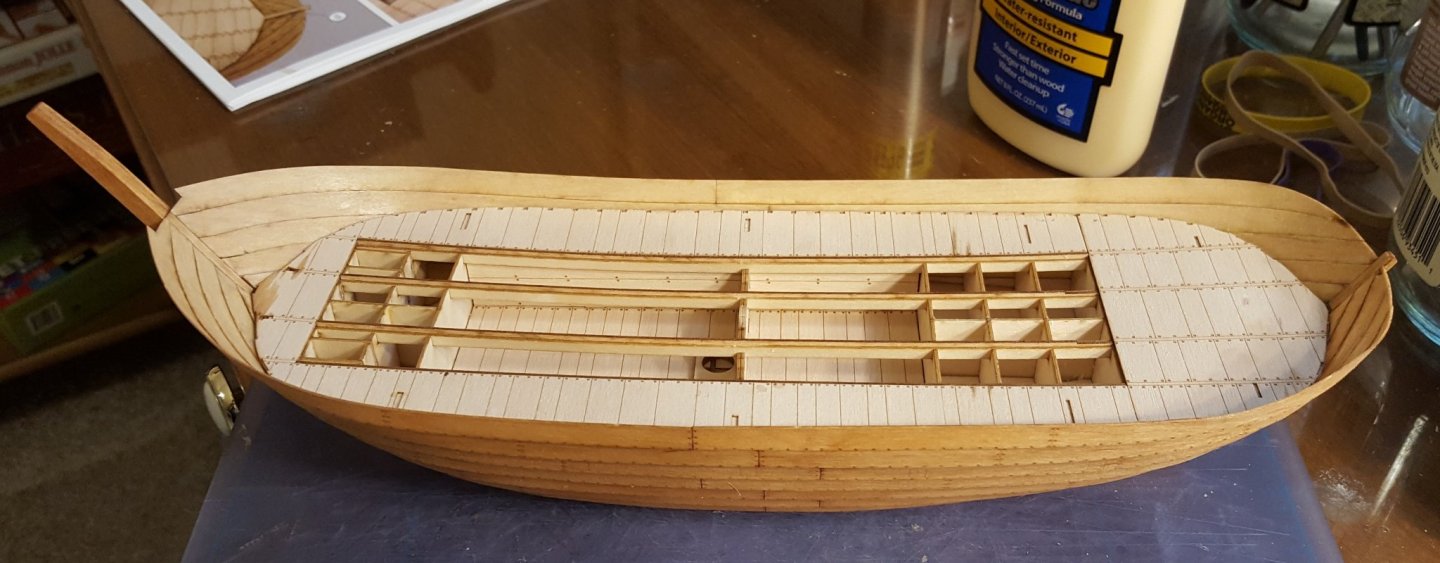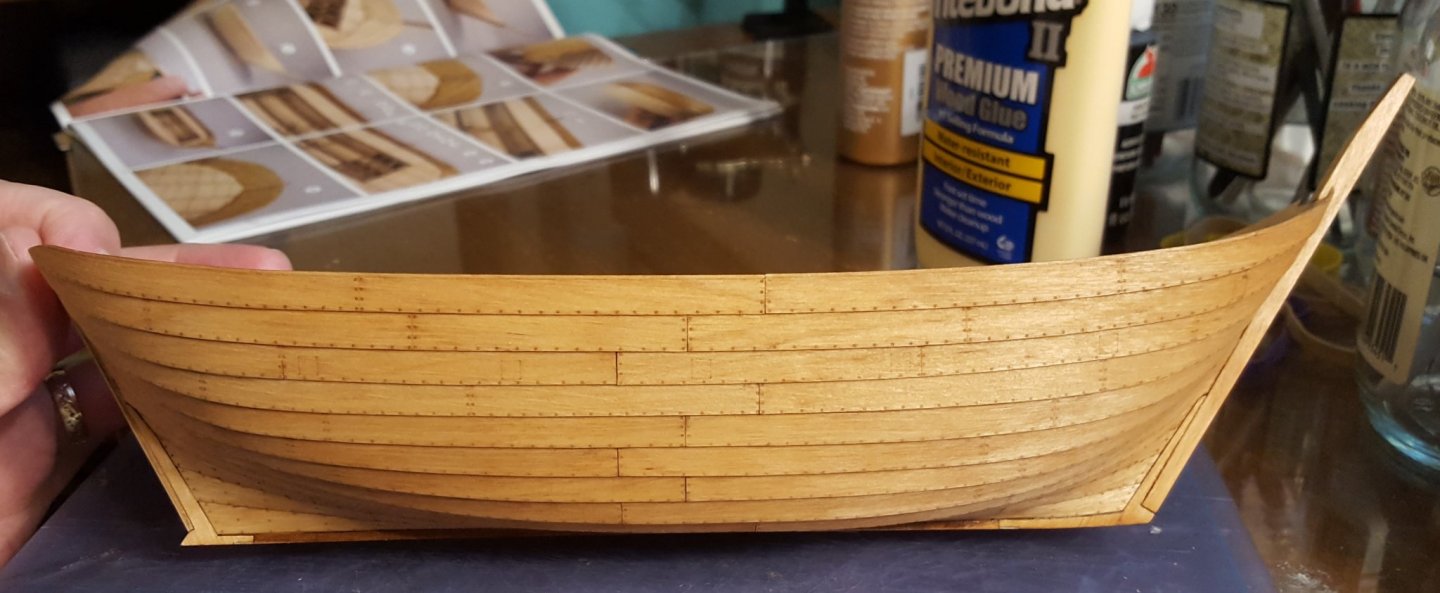-
Posts
10,445 -
Joined
-
Last visited
Content Type
Profiles
Forums
Gallery
Events
Everything posted by ccoyle
-
You are very welcome! I think it is one of our forum's vital functions to show beginners that they can complete very attractive models from relatively simple kits. I'd bet dollars to donuts that far more modelers are successful in progressing from sloops and smacks to sailing men of war than those who dive directly into the deep end of the modeling pool!
- 57 replies
-
- finished
- yankee hero
-
(and 1 more)
Tagged with:
-
Outstanding job! I hope you will consider placing some photos in the gallery. Cheers!
- 57 replies
-
- finished
- yankee hero
-
(and 1 more)
Tagged with:
-
Yes, I stained the interior, though the reverse side of the ply doesn't take the stain as well. I had to go with oil-based stain only because the local stores had a pathetically small selection of water-base colors to choose from. Home Depot had maybe two, and I think Lowe's had none at all, at least not in the small cans. I'm not going to buy a gallon of stain for one model. Anyways, I have not had any problems so far with gluing the frame extensions.
- 179 replies
-
- shipyard
- wütender hund
-
(and 1 more)
Tagged with:
-
Ah, yes -- I forgot that some are doubled, so really only 34 per side. It went pretty fast, though.
- 179 replies
-
- shipyard
- wütender hund
-
(and 1 more)
Tagged with:
-
If four is what it takes, four is what it gets. Better than quitting after the third! 👍
- 44 replies
-
- smuggler
- first build
-
(and 2 more)
Tagged with:
-
@Chuck Seiler Chuck, I hope you like gluing in false frame extensions! I finished up the starboard side -- all 37 of them. Now onto the port side!
- 179 replies
-
- shipyard
- wütender hund
-
(and 1 more)
Tagged with:
-
Yep, that is definitely a defect in the sheet. You can contact Amati to see about getting a replacement sheet. But first, I would study the plans and instructions carefully to ascertain whether the defect will even be visible on the finished model. I'm guessing, based on the laser char, that we're looking at the back side of the sheet, meaning this side will face in on the finished model and may be partly covered by other parts. You will probably also paint or stain the interior, which will further obscure the defect and may even raise the grain a bit in the affected area. In the final analysis, you have to decide whether the problem is severe enough to warrant the delay in obtaining a new sheet. Good luck!
-

ancre Coureur by cafmodel - 1/48
ccoyle replied to cafmodel's topic in - Build logs for subjects built 1751 - 1800
Looking very nice, Tom. -
Hi, John. Which kit are you building? Chances are, someone here has experience with it.
-

Sea Witch 1846 by Zooker - RESTORATION
ccoyle replied to Zooker's topic in - Build logs for subjects built 1801 - 1850
Stub masts are exactly what the name implies: just a short bit of mast, perhaps an inch or so on a model like yours, with none of the remaining masting and rigging. Such a model is called a hull model. -
Keith, we are going to run out of superlatives for your work. This build log illustrates as well or better than any that a truly great model consists of a myriad of equally great smaller models.
-

Sea Witch 1846 by Zooker - RESTORATION
ccoyle replied to Zooker's topic in - Build logs for subjects built 1801 - 1850
The only Sea Witch kit that I know of what the old Scientific Models kit, which is long since out of production. Restoration work is challenging to be sure, but we have some members here who can give you pointers. A clipper like yours is one of the most difficult ship types to rig, so they will probably also suggest some reference works for you to peruse. Good luck on your project! -
I hadn't checked in on Greg's build in over a week, and now I'm thinking that all of his build logs should be tagged with "DON'T BLINK." 😄
-
Zooker, At the bottom of any post window is an option to attach files; click on "choose files" and select the photos that you want to attach. They will show up as previews in the bar. Click the "+" on a photo to insert it. You can double-click the photo once it has been inserted to resize it. 640 x 480 is a good size; the editor also allows you the option to maintain the original aspect ratio. Cheers!
-

To add sails or not? What is your preference?
ccoyle replied to Bill97's topic in Masting, rigging and sails
It doesn't come up as much for discussion, but there are some modelers who will debate whether it is proper to show a ship's guns run out for action with a deck that hasn't been cleared for action and no crews manning the guns. 🤨 -
Next milestone reached After eight nine strakes of lapped planking, the instructions call for staining prior to installing stanchions. The Polish name for the suggested stain color wasn't translated, but in the photos it looks something like golden oak. I went instead with golden pecan, which has a redder tone. I like the result.
- 179 replies
-
- shipyard
- wütender hund
-
(and 1 more)
Tagged with:
-
Take Model Shipways with a grain of salt. I would not consider Dapper Tom a beginner model -- it is more of an intermediate project. Plus, it is in 1/76 scale, which is borderline fiddly for a beginner. If you absolutely have to have guns and think you may only do one model (don't sell yourself short -- you might get hooked), I'd look for a cutter or brig such as Alert or Speedy from Vanguard Models, or Polotsk or Phoenix from Master Korabel. The latter two kits are 1/72 scale, but the design is well thought out and the planking is pre-spiled (spiling is a huge challenge for beginners), so the small scale is offset somewhat. The VM kits are 1/64 scale. If you are patient, there are additional small warship models coming on the market soon from some good companies, e.g. Ontario from Marisstella and Flirt from VM.
-

Advice needed - model ship made by my Grandad
ccoyle replied to Stee F's topic in New member Introductions
Your grandfather did indeed do a fine job on this model. I think, though, that he may have inadvertently done you a disfavor by choosing to rig it as a schooner, as that makes the model a little less visually interesting than it would have been with Leon's brig rig. That and the model's large size may make it more difficult to temporarily re-home. But I do wish you success in your search, because as was pointed out, we usually get asked about not-very-nice models, and this one is definitely worth hanging on to. -
Have you looked at Vanguard Models? https://vanguardmodels.co.uk/
-
Congrats on completing an interesting and well-executed model!
- 81 replies
-
- egyptian
- byblos ship
-
(and 1 more)
Tagged with:
-
Very, very nice work, Glenn -- she looks a treat!
- 55 replies
-
- lady nelson
- victory models
-
(and 2 more)
Tagged with:
-

Vintage unfinished speedboat model, any ideas?
ccoyle replied to LMDAVE's topic in Wood ship model kits
Your father's model looks much larger, though. Perhaps he scaled up the Amati plans?
About us
Modelshipworld - Advancing Ship Modeling through Research
SSL Secured
Your security is important for us so this Website is SSL-Secured
NRG Mailing Address
Nautical Research Guild
237 South Lincoln Street
Westmont IL, 60559-1917
Model Ship World ® and the MSW logo are Registered Trademarks, and belong to the Nautical Research Guild (United States Patent and Trademark Office: No. 6,929,264 & No. 6,929,274, registered Dec. 20, 2022)
Helpful Links
About the NRG
If you enjoy building ship models that are historically accurate as well as beautiful, then The Nautical Research Guild (NRG) is just right for you.
The Guild is a non-profit educational organization whose mission is to “Advance Ship Modeling Through Research”. We provide support to our members in their efforts to raise the quality of their model ships.
The Nautical Research Guild has published our world-renowned quarterly magazine, The Nautical Research Journal, since 1955. The pages of the Journal are full of articles by accomplished ship modelers who show you how they create those exquisite details on their models, and by maritime historians who show you the correct details to build. The Journal is available in both print and digital editions. Go to the NRG web site (www.thenrg.org) to download a complimentary digital copy of the Journal. The NRG also publishes plan sets, books and compilations of back issues of the Journal and the former Ships in Scale and Model Ship Builder magazines.




